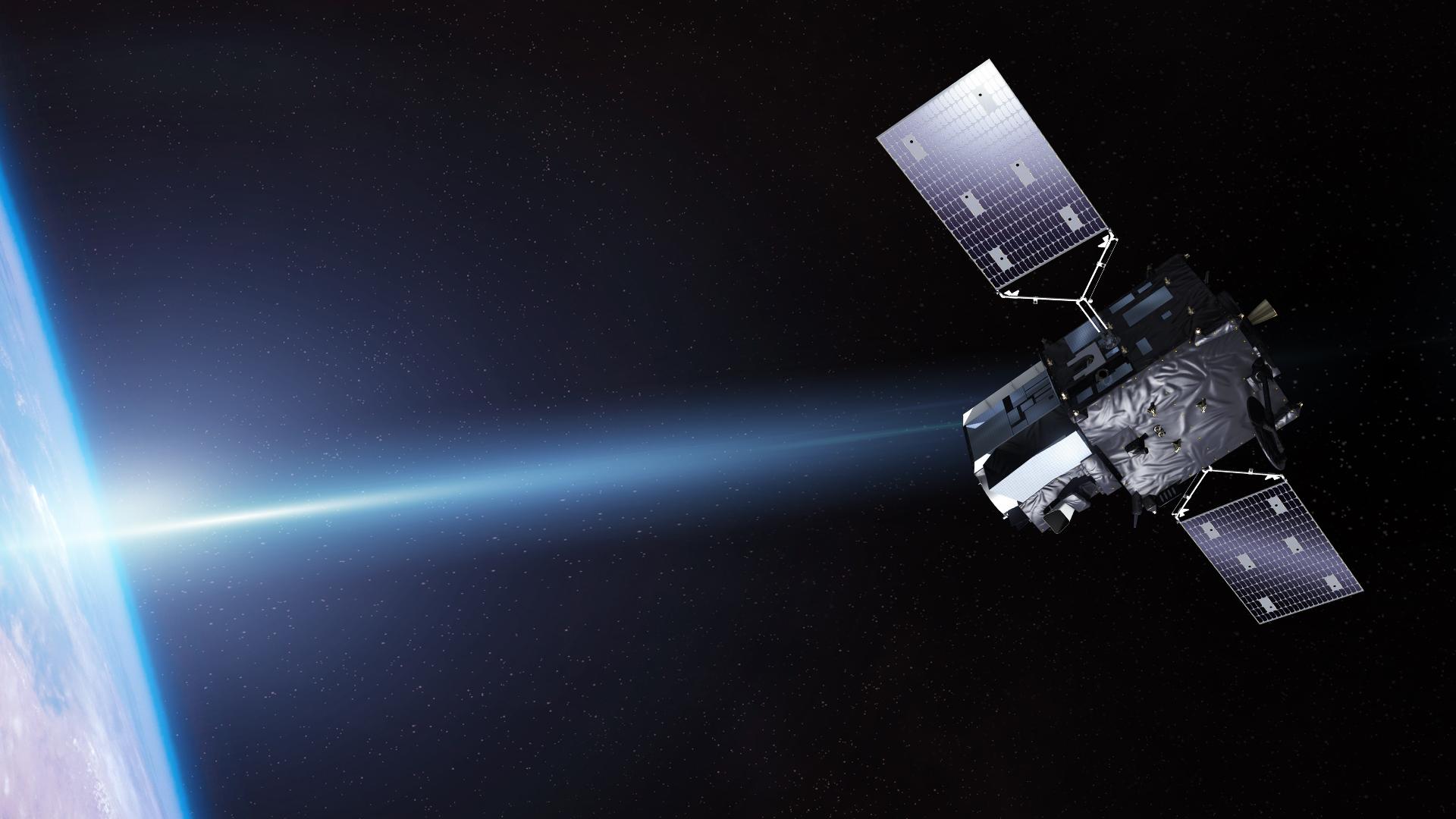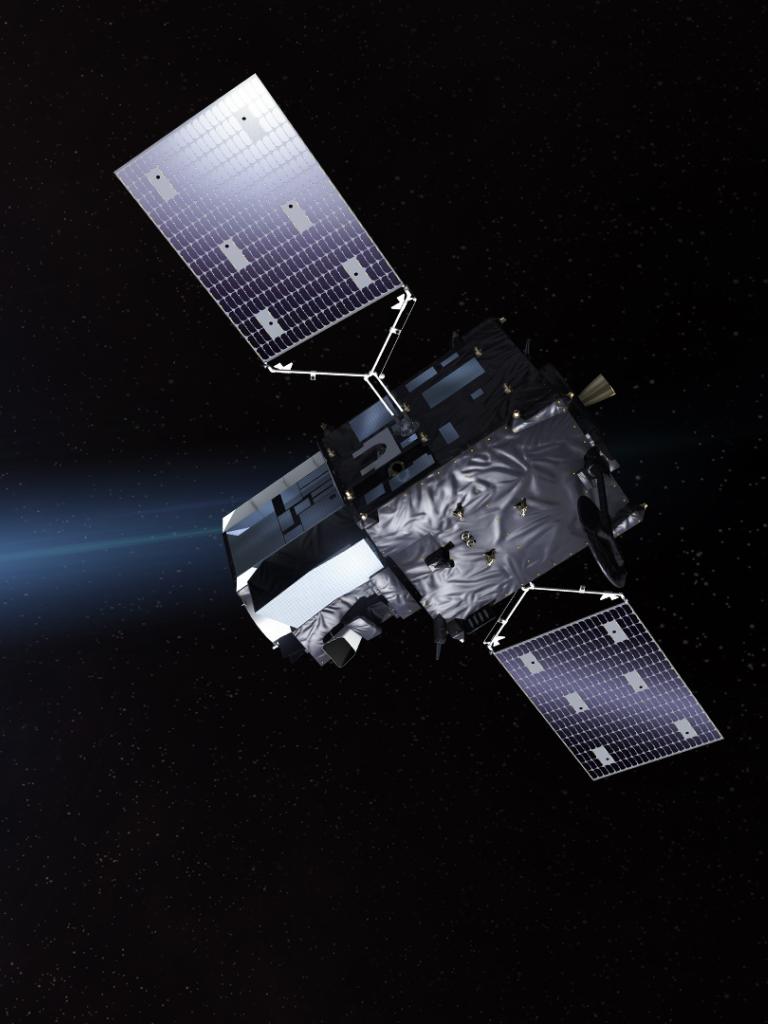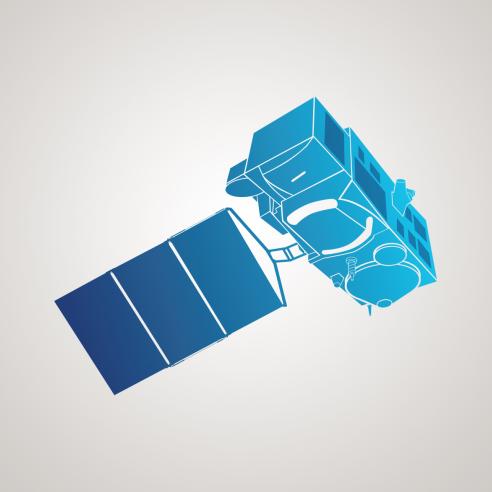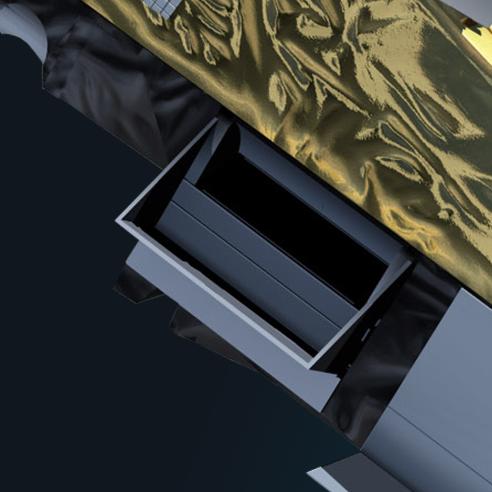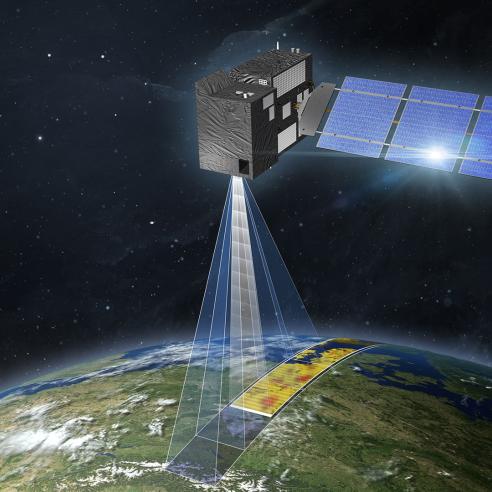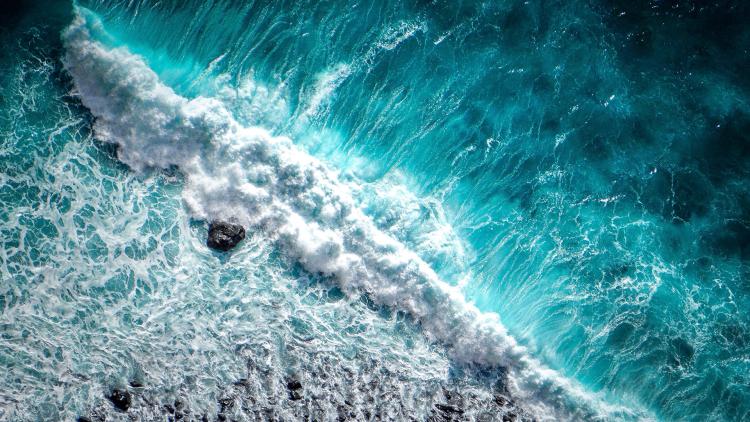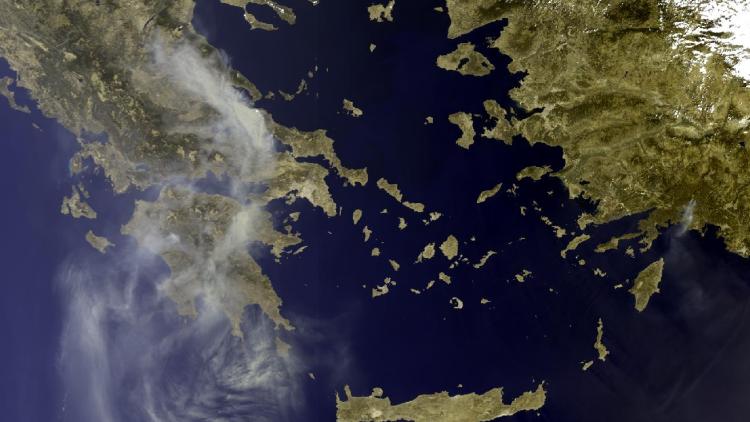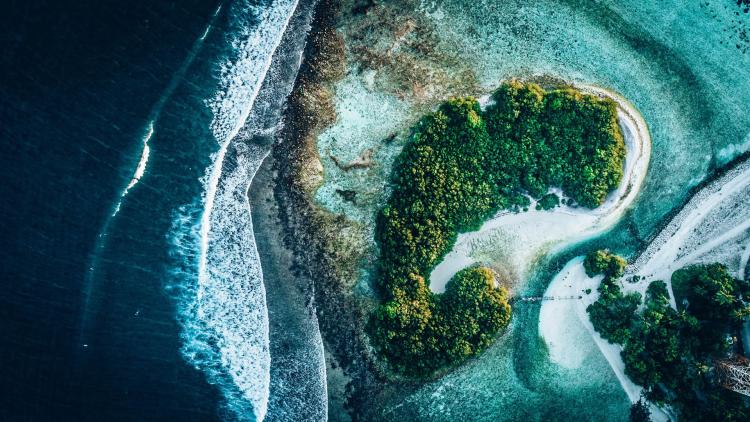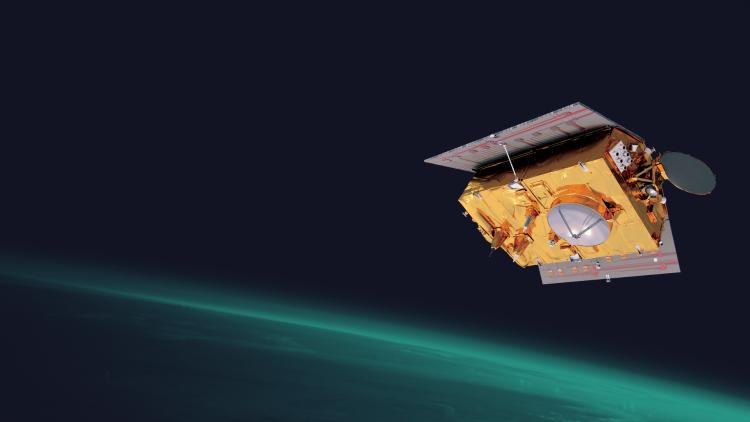29 May 2025
19 May 2020
Copernicus Sentinel-4 will monitor air quality, trace gases and aerosols over Europe at high spatial resolution every hour during the day.
The Sentinel-4 instrument, the Ultraviolet Visible Near-infrared (UVN) spectrometer, will be carried on EUMETSAT’s Meteosat Third Generation Sounder satellites in geostationary orbit.
It will work with the onboard InfraRed Sounder (IRS) to monitor ozone, nitrogen dioxide, sulphur dioxide and other trace gases.
The data will be used by the Copernicus Atmosphere Monitoring Service (CAMS) and will support air quality, pollution and climate monitoring.

